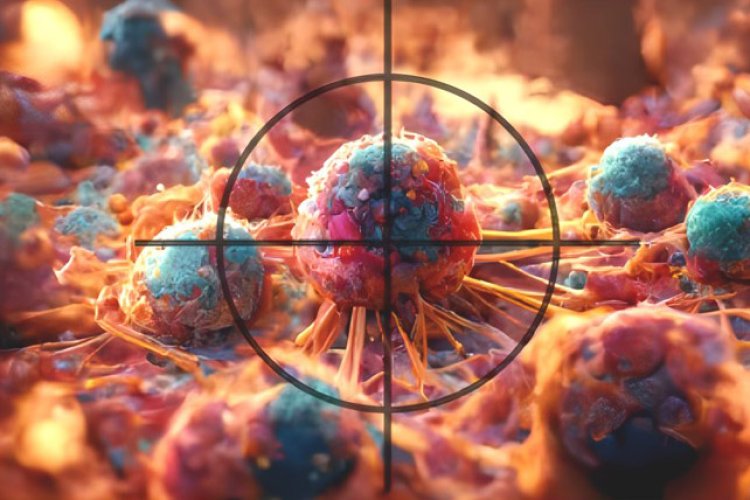Immune System Tissue Microarrays for Research Usage
Immune System Tissue Microarrays for Research Usage
Share this Post to earn Money ( Upto ₹100 per 1000 Views )

CD BioSciences, a US-based biotechnology company focusing on the development of imaging technologies, is excited to announce the launch of its new Immune System Tissue Microarrays for the scientific community to study the complex interactions of the immune system in various tissues. These innovative products offer researchers a powerful tool to unravel the complexities of the immune system and accelerate the development of new therapies.
Tissue microarray is a recent innovation in the field of pathology. This versatile technology for automated data analysis facilitates retrospective and prospective human tissue studies. It is a practical and effective tool for high-throughput molecular analysis of tissues, helping to identify new diagnostic and prognostic markers and targets for human cancers, with a wide range of potential applications in basic research, tumor prognosis and drug discovery.
Immune System Tissue Microarrays from CD BioSciences are meticulously designed to feature a variety of tissue cores, allowing researchers to simultaneously analyze the expression of multiple immune markers in a variety of tissues and providing invaluable information for understanding the distribution, function and interactions of immune cells. These tissue microarrays offer unparalleled efficiency, reproducibility, and versatility, making them an essential asset for advancing immunology research.
For example, the Lymphoma with Normal Tissue Microarray (Catalog NO. IMCT024) is a valuable resource for researchers studying lymphoma. This comprehensive collection includes 192 cases of lymphoma and normal tissue, organized into 96 core samples. It’s designed for use in various histological techniques such as immunohistochemistry (IHC) and in situ hybridization (ISH), and other routine procedures.
The microarray offers a diverse range of lymphoma subtypes, including diffuse B-cell lymphoma, Burkitt lymphoma, follicular lymphoma, Hodgkin's lymphoma, Lennart lymphoma, mucosa-associated lymphoma, anaplastic large cell lymphoma, angio-immunoblastoid lymphadenopathy T-cell lymphoma, T-cell lymphoma, plasma cell lymphoma, and normal lymph node tissue. Each case is represented by duplicate nuclear cores, providing ample material for analysis.
In addition, the Non-Hodgkin's Lymphoma Tissue Microarray 4, 80 Cases, 42 Cores (Catalog NO. IMCT038) is a microarray focused on non-Hodgkin's lymphoma tissues that can be applied in IHC, ISH and other routine histology procedures. The microarray includes a diverse range of non-Hodgkin's lymphoma subtypes, including B-cell lymphoma, B small non-cleaved cell lymphoma, large B-cell lymphoma, B large cleaved cell lymphoma, B large non-cleaved cell lymphoma, B small cleaved cell lymphoma, mucosa-associated B-cell lymphoma, T-cell lymphoma, lymphocytic plasmacytoid lymphoma, and anaplastic large cell lymphoma. Each case of lymphoma in the microarray has duplicate cores, while there are 3 cases of normal lymph node tissue and 1 case of placenta tissue, each with a single core.
CD BioSciences is dedicated to providing researchers with the highest quality tools and services to advance their scientific endeavors. These cutting-edge Immune System Tissue Microarrays offer researchers a comprehensive and efficient solution to accelerate their immune system research. For more information about the products and other custom solutions from CD BioSciences, please visit https://www.bioimagingtech.com/immune-system-tissue-microarrays.html.
About CD BioSciences
CD BioSciences is a biotechnology company committed to the development of imaging technology for many years. Its scientists can utilize high-content imaging, nanoparticle imaging, imaging flow cytometry, time-lapse imaging, and other techniques to image cell structure, cell migration, cell proliferation, pathogen infection mechanisms, and interactions between protein molecules.















